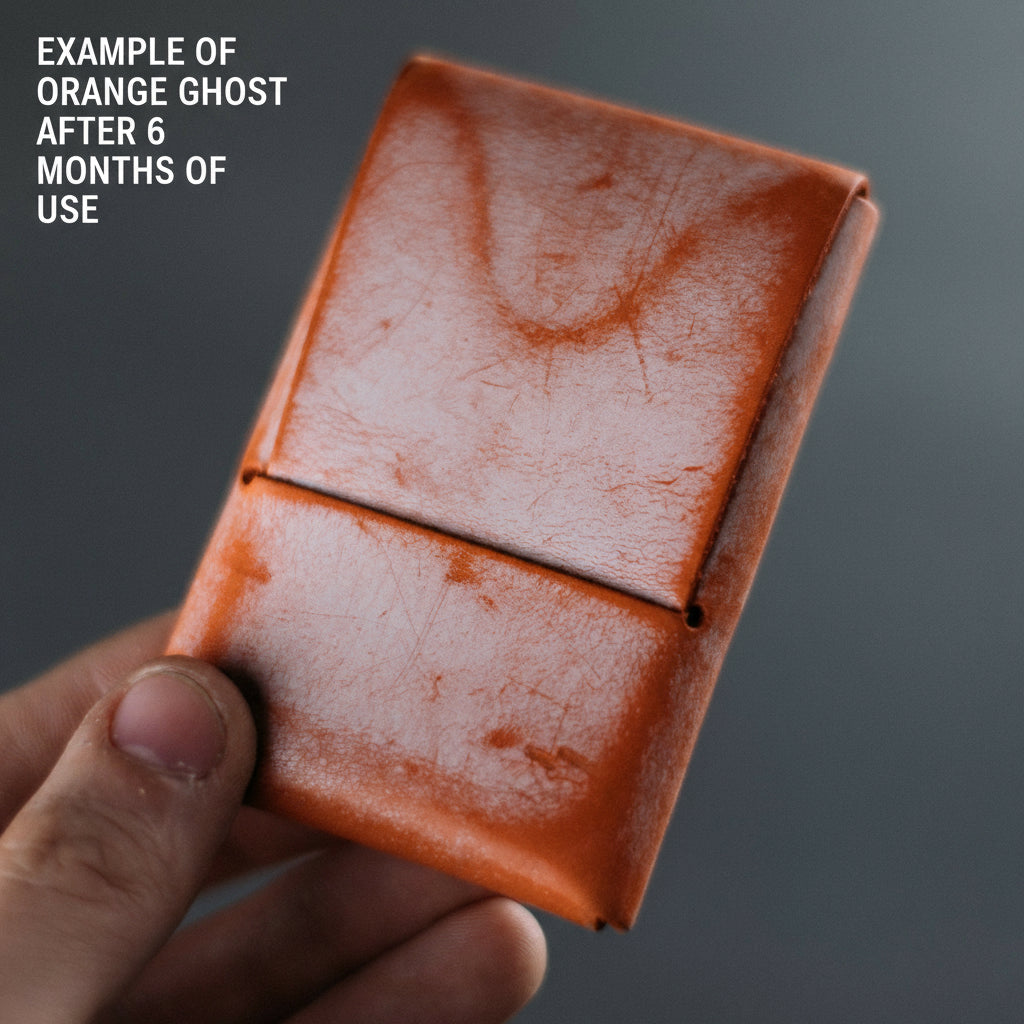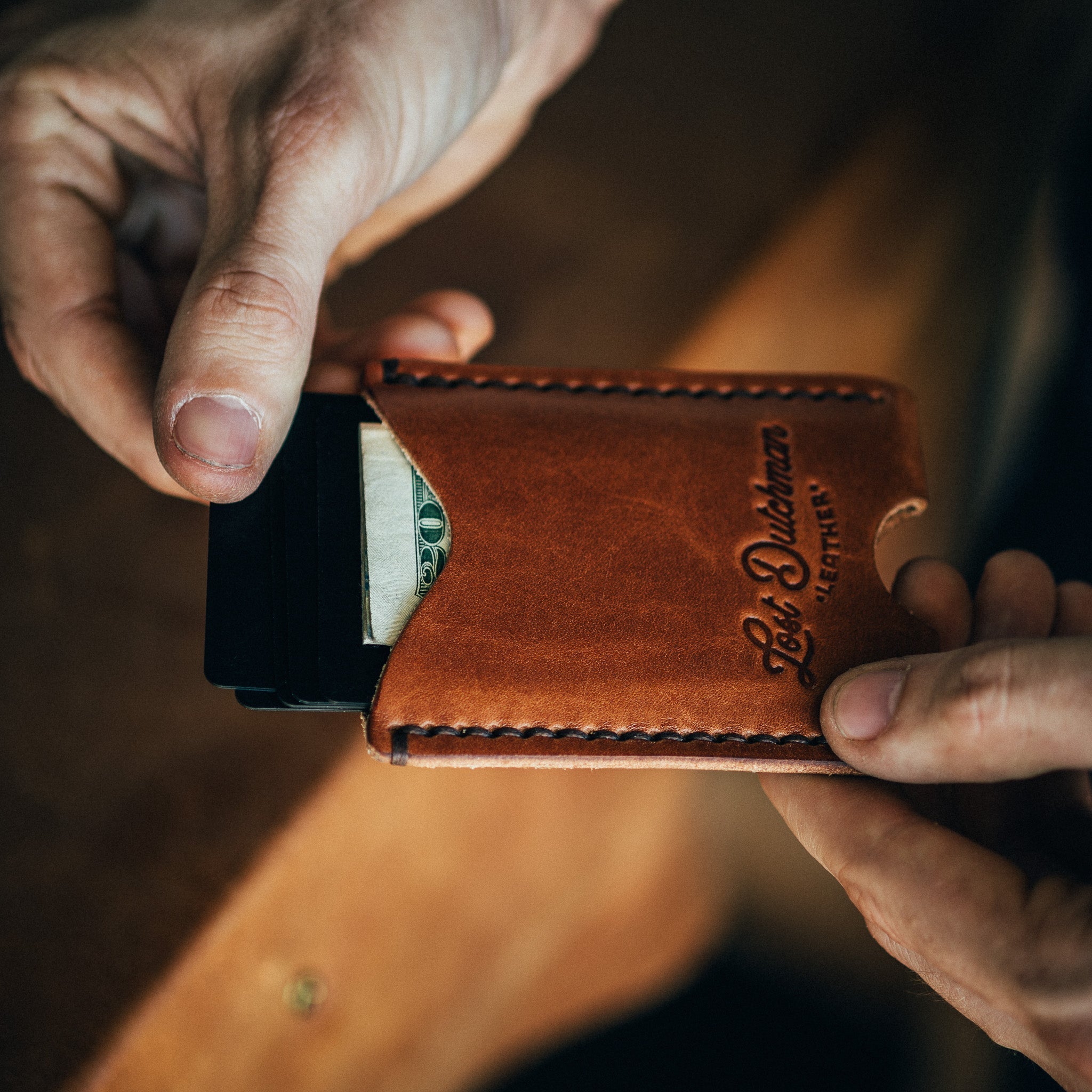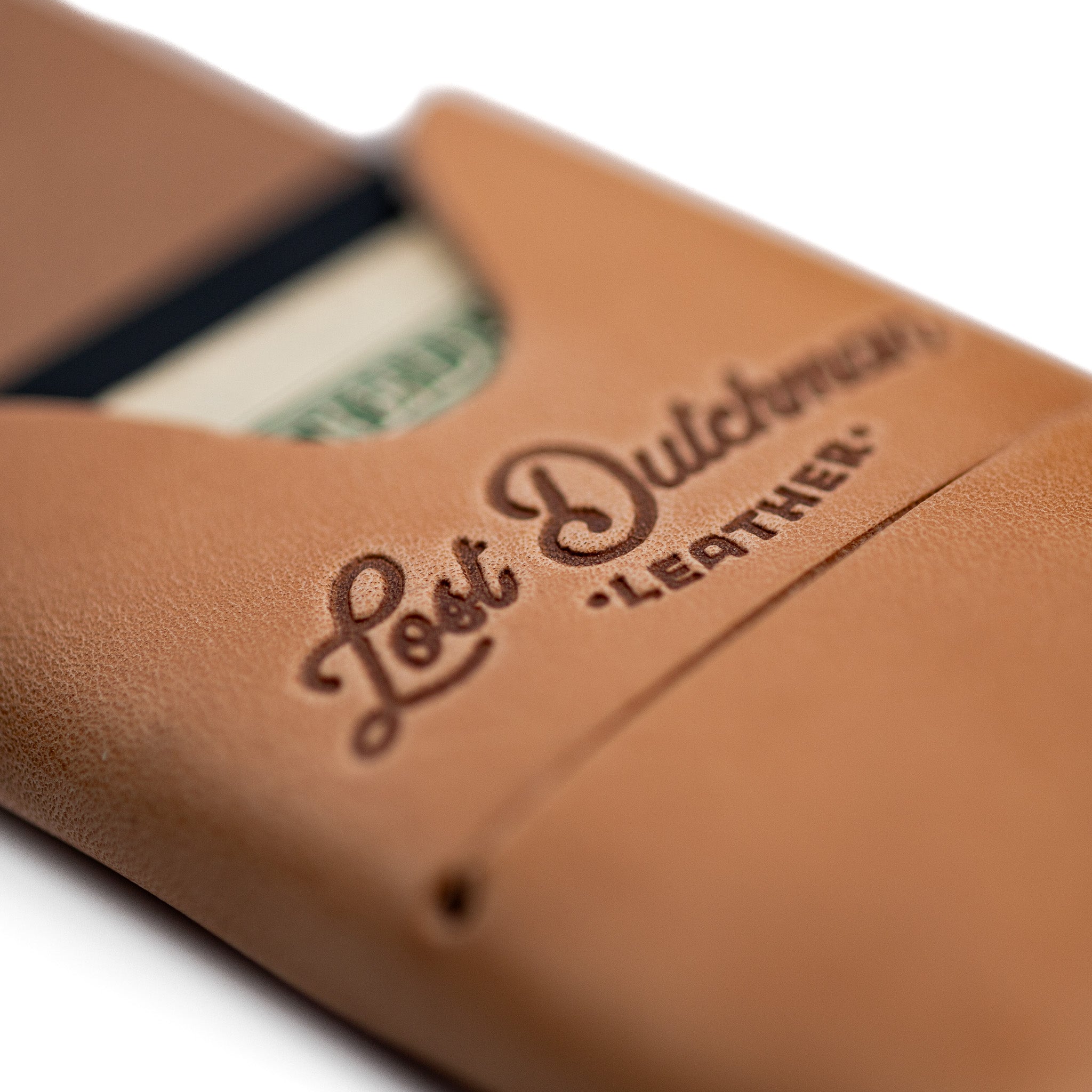
Preventing Mold on Leather in Humid Climates
Few things unsettle a leather owner more than opening a drawer or closet to find a faint, white film across a wallet or belt. That powdery layer isn’t just a surface blemish; it’s mold. Once spores find their way into leather, they begin to feed on the natural fibers, threatening the strength, appearance, and longevity of your items.
In regions where humidity is high, this problem becomes a constant battle. Moist air seeps into the hide, dark spaces trap dampness, and before long, mold sets in. The good news is that with knowledge, the right tools, and a steady routine, mould prevention on leather is not only possible but simple to maintain.
Why Humid Climates Put Leather at Risk
Leather is a natural material, rich with organic fibers. Those fibers are exactly what mold spores look for when conditions align:
-
Moisture: Humid air saturates the hide, raising its water content.
-
Darkness: Enclosed closets and drawers block UV light, which naturally discourages mold growth.
-
Stagnant air: Without circulation, dampness lingers, creating the perfect environment.
It’s easy to see how this happens. Imagine a wallet left in a drawer during a muggy summer. With each humid day, the leather absorbs moisture. The still, dark environment shields mold spores from harm. Within weeks, a fine, fuzzy film spreads across the surface.
Understanding the conditions mold requires is the first step to preventing it. The goal of leather care in humid climates is to disrupt that cycle before it begins.
Leather Types and Susceptibility
Some leathers are more vulnerable than others.
-
Vegetable-tanned leather contains higher levels of natural tannins and organic material, making it more mold-prone.
-
Chrome-tanned leather is somewhat less susceptible, but still far from immune.
-
Full-grain leather offers excellent durability, but even it will mold if stored improperly.
Pieces like The Belt or The Dutchman showcase the strength of full-grain hides, yet they still require mindful care in damp regions. No leather is exempt; prevention is always the better option.
The Essential Toolkit for Mold Prevention
Having the right supplies ensures you’re prepared for both routine maintenance and emergencies. Here’s what every leather owner in a humid climate should keep at hand:
-
Soft microfiber cloths – For weekly wiping to remove dust and early mold spores.
-
Leather-specific cleaner – A pH-balanced formula tailored for leather fibers.
-
Conditioner – Replenishes oils, creating a protective layer that discourages excess absorption.
-
Dehumidifier – Keeps indoor air within the safe 40–50% humidity range.
-
Breathable storage bags – Cotton or linen prevent trapped moisture.
-
White vinegar (diluted) – A natural solution for mild mold outbreaks.
One customer once made the mistake of storing a wallet in a sealed plastic bag, thinking it would protect it from dust. In reality, the bag trapped humidity, creating a micro-greenhouse for mold. The solution wasn’t expensive; breathable cotton bags solved the issue and preserved the piece for years.
Building a Prevention Routine
Consistency is the secret to mould prevention on leather. A routine doesn’t need to be complicated, but it must be regular.
Weekly Care
-
Wipe down items with a soft, dry cloth.
-
Rotate pieces so none stay stored in dark corners for too long.
Seasonal Deep Care
-
Clean thoroughly with a leather cleaner every few months.
-
Apply conditioner immediately afterwards. This not only nourishes the hide but also makes the surface less inviting for mold spores.
Storage Practices
-
Avoid sealed containers and plastic bags.
-
Store wallets, lanyards, and card holders in cotton or linen pouches.
-
Use silica gel packs inside small goods like The Mini Franklin or AirTag Keyring for extra defense.
Routine care keeps leather strong, while proper storage ensures the environment doesn’t undo your work.
Creating the Right Storage Environment
In humid climates, storage spaces make or break leather health.
-
Airflow matters: Keep closets slightly open or use fans to circulate air.
-
Humidity control: A small dehumidifier keeps levels stable and mold-unfriendly.
-
Consistent temperature: Avoid areas prone to rapid swings, like basements or attics.
An example: a customer once kept Limited Leather Coasters in a damp basement. Despite regular use of conditioner, mold still appeared. Relocating them to a dry, ventilated spot solved the issue immediately.
What to Do If Mold Appears
Even with care, mold sometimes sneaks in. Swift action makes the difference between a quick fix and long-term damage.
Step 1: Isolate
Remove the affected item from others to prevent the spores from spreading.
Step 2: Clean Gently
Use a damp cloth with leather cleaner to wipe away mold. Never scrub, it forces spores deeper.
Step 3: Vinegar Solution
For stubborn patches, apply a diluted mix of equal parts white vinegar and water. Always spot test first.
Step 4: Air Dry
Allow the piece to dry naturally in a well-ventilated area, away from direct sunlight or heaters.
Step 5: Condition
Once dry, apply conditioner to restore oils lost during cleaning.
If mold persists, has penetrated deeply, or produces a foul odor, a professional may be required. For valuable pieces like The Franklin, professional treatment is often the best way to ensure preservation.
Long-Term Strategies for Humid Regions
Living in a damp climate means mold prevention is ongoing. Think of it as a partnership between you and your leather goods.
-
Routine inspections: Check wallets, belts, and trays more often during rainy or tropical seasons.
-
Extra desiccants: Place silica gel packs inside drawers or within larger goods.
-
Climate control: Air conditioning not only cools but also reduces indoor humidity.
-
Mindful habits: Never leave leather in damp bags, cars, or garages overnight.
With these habits, even the most humid climates can be managed.
A Heritage Perspective: Why Prevention Matters
There’s a story of a craftsman whose father handed him a leather satchel that had been used for over 30 years. Despite humid summers, the satchel remained strong. The secret wasn’t luck; it was care. Regular conditioning, thoughtful storage, and never sealing it in plastic allowed the leather to breathe while resisting mold.
That satchel wasn’t just preserved; it was improved. Each season added depth to its patina and proof of its durability. This is what proper leather care in humid climates achieves: it turns potential damage into decades of use and beauty.
Final Word
Mold may be relentless, but it’s not unbeatable. By understanding why it thrives, using the right tools, and building a consistent care routine, you can ensure that wallets, belts, and accessories remain pristine. Mould prevention on leather isn’t complicated; it’s consistent, thoughtful, and rewarding.
Every handcrafted piece from Lost Dutchman Leather, from slim bifolds to rugged belts and functional accessories like The Catch-All, is built to last. With the right care in humid conditions, they’ll remain companions not just for years, but for generations.


